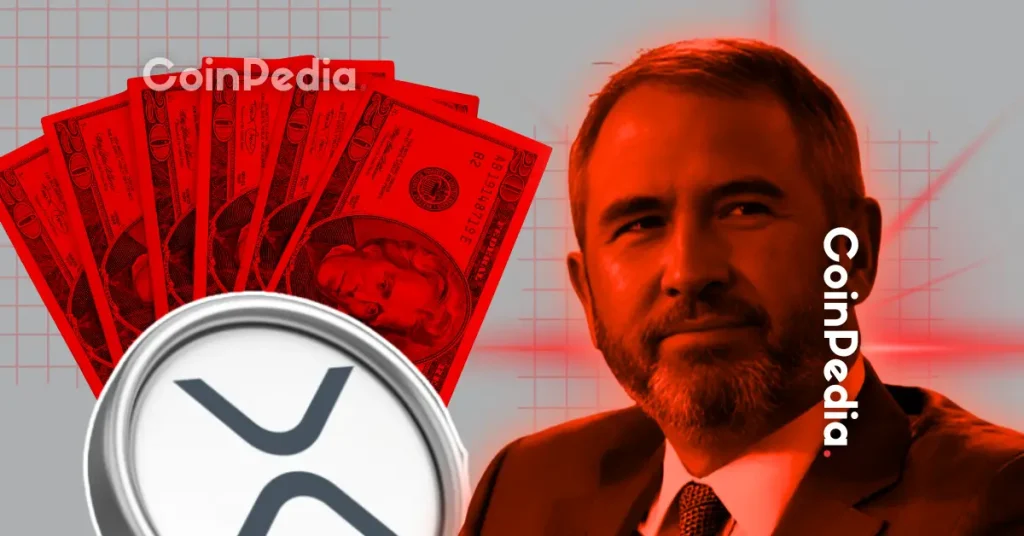Taiwan Vice Premier Cheng Li-Chun said on Wednesday that Taiwan will not agree to a half-trade of all semiconductor production taking place in the country. She responded to U.S. Secretary of Commerce Howard Lutnick’s remarks over the weekend, stating that Washington’s pitch to Taiwan would involve a 50-50 split in chip production.
Cheng, Taiwan’s lead tariff negotiator with Washington, told reporters upon returning to the country that she had not discussed the 50-50 idea suggested by the U.S. during the talks. She also maintained that the negotiating team would never agree to such conditions.
U.S. aims for 40% semiconductor market share
Taiwan is still working to finalize a tariff deal with the U.S., following President Donald Trump’s imposition of a temporary 20% tariff on the island. Trump has also threatened to impose additional levies on semiconductors coming into the U.S. Cheng acknowledged that there was some progress in negotiations over U.S. levies on Taiwanese shipments.
Cryptopolitan previously reported that Lutnick, over the weekend, said having half of Taiwan’s chip production in the U.S. would ensure the U.S. has much-needed capacity. He added that the conversations Washington has had with Taiwan have maintained that it’s vital for the island to have the U.S. produce 50% of semiconductor chips.
“Our goal is to get to 40% market share, and maybe 50% market share, of producing the chips and the wafers, you know, the semiconductor we need for American consumption, that’s our objective.”
–Howard Lutnick, United States Secretary of Commerce.
Cheng said she hopes for more comprehensive talks on special considerations under Section 232, a U.S. law that allows tariffs on imports deemed a national security risk. Trump had previously accused Taiwan of stealing the U.S. chip business.
The cabinet stated in a press release that more than 70% of Taiwan’s exports to the U.S. are in the information and communications technology sector, including chips. The growing demand for AI-related technology has fueled Taiwan’s trade surplus with the U.S., as the island is home to the world’s largest contract chipmaker, TSMC.
Taiwan Semiconductor Manufacturing Co. is planning to invest $165 billion to establish chip factories in the U.S., but will still maintain a bulk of its production in Taiwan. The island produces more than half of the world’s semiconductors, while the U.S. currently produces less than 10% of the global chip supply. TSMC invested approximately $30 billion in capital projects in 2024 and plans to spend about $40 billion this year.
Trump threatens to impose additional tariffs on chipmakers
The Wall Street Journal reported last week that the Trump administration threatened to add a tariff on chipmakers unless they match the volume of semiconductors that their customers currently import from overseas providers through domestic production. Trump has offered exemptions from tariffs of roughly 100% on chips to companies that produce semiconductors locally.
According to the report, Trump is allegedly planning to impose levies for companies that fail to sustain a 1:1 domestic-to-import ratio over time. Lutnick also championed the idea, telling semiconductor executives that it might be necessary for economic security.
White House spokesperson Kush Desai argued that the U.S. cannot be reliant on imports for the semiconductor products that are necessary for the country’s national and economic security. The report also highlighted that companies committing to produce chips in the U.S. under the proposal would receive credit for that pledged volume.
John Belton, portfolio manager at Gabeli Funds, which holds shares in GlobalFoundries and Intel, believes the 1:1 rule would be very difficult to implement and would likely take many years to achieve. He also argued that the proposal would benefit firms that already have U.S. fabs.
Want your project in front of crypto’s top minds? Feature it in our next industry report, where data meets impact.
















 English (US)
English (US)